The Reason Why Crazy Ex-Girlfriend Gets it Right on Suicide Prevention (and ’13 Reasons Why’ is Harmfully Misguided)
 Rebecca Bunch, the endearingly narcissistic protagonist of the CW comedy Crazy Ex-Girlfriend, is a singing/dancing, self-sabotaging feminist hero. But did you know that in addition to provoking laughter, entertainment and intellectual stimulation, the writers of this show are also providing valuable and potentially life-saving mental health content to their viewers? If you haven’t seen the show, and you don’t want to see spoilers, stop reading now!
Rebecca Bunch, the endearingly narcissistic protagonist of the CW comedy Crazy Ex-Girlfriend, is a singing/dancing, self-sabotaging feminist hero. But did you know that in addition to provoking laughter, entertainment and intellectual stimulation, the writers of this show are also providing valuable and potentially life-saving mental health content to their viewers? If you haven’t seen the show, and you don’t want to see spoilers, stop reading now!
Through three seasons, I have marveled at this zany show and rejoiced that writer and lead actress, Rachel Bloom, her creative partner and producer, Aline Brosh McKenna, and the CW Network decided to make it. With the help of these excellent writers and actors, Crazy Ex-Girlfriend is an award-winning head-turner, packed with irreverent mirth and ingenuity. There is so much to say about what makes the show a gem, with its outrageous musical numbers, sophisticated dialogue and distinctly flawed and loveable characters. Lara Williams does a nice job of summarizing the genius of the show in this Guardian article. Beyond its value to entertain and delight, and more importantly, Crazy Ex-Girlfriend (CExG) plants a flag for mental health awareness in our culture because it tackles issues of mental illness and suicide in a productive way. In season three, when Rebecca makes a suicide attempt, the show portrays her mental health crisis and recovery in a way that could save lives.
The REASON WHY Rebecca Bunch’s story is helpful
Rebecca is suicidal. Then she gets better. When Rebecca’s mental illness and self-destructive choices finally overwhelm her and she makes a suicide attempt, she calls for help immediately. After she recovers, Rebecca’s friends gather to support her. She leans on them over a period of weeks. When a friend urges Rebecca to go to therapy, she goes. She gets a diagnosis of Borderline Personality Disorder that’s hard to hear, but at least she knows what she’s dealing with. She works with her psychiatrist one on one, and also in group therapy. She learns new behaviors and confronts her obsessions. She progresses and backslides, but over time she gets more empowered and healthy.
Portraying this kind of journey of recovery is a powerful tonic for those who are struggling with depression or suicidality, and that’s because of the Papageno Effect. Dr. Lisa Firestone, Director of Research & Education for The Glendon Association, says the Papageno Effect is a strategy that helps people build hope. It’s named after the character Papageno in Mozart’s Opera, The Magic Flute, who is suicidal over a lost love until his three friends remind him that there are many other reasons to live. He chooses life and finds love again. Here’s how it works in real life: If I’m depressed and I talk to someone who tells me their story of being depressed but then finding help and feeling better, it helps me feel hopeful. That’s the Papageno Effect. Studies indicate that being exposed to representations of people who developed coping strategies in the midst of crisis, rather than resorting to suicidal behavior, may provide protective effects against suicidal behavior. In the case of Rebecca Bunch, her life after the suicide attempt, through therapy, courageous self-reflection and supportive friends becomes better than it was before the suicidal crisis. Illustrating this journey for viewers, some of whom may be depressed or suicidal, just might save lives. It’s the Papageno Effect in action.
The MANY REASONS WHY 13 Reasons Why is misguided and potentially harmful
Unfortunately, the dynamics of modeling and influencing others through example that make the Papageno Effect a positive tonic, can also work in reverse. We see the opposite of the Papageno Effect in the Werther Effect, another psychological phenomenon that gets its name from a character in literature. “The Sorrows of Young Werther” by Goethe ended with the title character shooting himself in torment over a lost love. The book had to be banned for a time after its release in 1774 because young men, in dramatic fashion, imitated the tragic act, resulting in a rash of suicides. This was the first time a contagion factor was recognized in suicidality. We need to understand that the examples of suicidality we portray in the media have an impact on people’s lives.
Unlike Rebecca’s crisis and recovery in CexG, the main character in 13 Reasons Why (13RW) is already dead by suicide before the show begins. And in contrast to the earnest desire to face her issues that Rebecca Bunch summons, Hannah Baker is a cheerfully smug, body-less recorded voice that cites the 13 wrongs done to her by others as justification for her suicide. After she’s dead, some of the people who wronged Hannah feel sorry for what they did to her. In terms of the Werther Effect, this is a destructive representation that insinuates a “pay-off” for Hannah’s act of suicide. Showing sad students leaving flowers at Hannah’s locker reinforces the glorification of her character in a dangerous way. As SAVE.org notes in its 13 Reasons Why Talking Points (shown at bottom of this article), “When you die, you do not get to make a movie or talk to people anymore. Leaving messages from beyond the grave is a dramatization produced in Hollywood and is not possible in real life.”
Another element of 13RW which is abhorrent to many in suicide prevention circles is the graphic portrayal of Hannah’s suicide. Suicide attempt survivor and mental health advocate, Mark Henick explains in this CNN Op-Ed that the type of graphic portrayal in 13RW can contribute to copycat suicides because it “provide(s) a cognitive pathway, a roadmap of sorts, that tricks the minds of those at risk for suicide into believing the lies that their mental illness tells them.” Dr. Firestone agrees and notes that when people in the media mention specific suicide methods, there is an increase in risk for suicides by that particular method. There is virtually unanimous agreement among suicide prevention experts that this type of content (graphic portrayal of a completed suicide) is extremely dangerous for viewers at risk.
Suicide attempt survivors like Dese’Rae L. Stage and Alyse Ruriani discuss their concerns with the graphic portrayal of Hannah Baker’s suicide in this Teen Vogue article. According to Stage, the gory, hyper-realistic scene, while it may have been designed to scare kids out of suicide, might serve more as a how-to video for completing the act of suicide. Ruriani adds, “Having (Hannah) reappear over and over makes the impact of the fact that she is dead get lost. When you die by suicide there is no coming back. You don’t get to hear the apologies and the things people wish they said when you were alive. You’re gone.”
It seems that survivors’ and experts’ concerns are warranted. In this article in the National Post, writer Sadaf Ahsan cites a Journal of American Medicine study, which found a link between the popularity of 13RW and a rise in internet searches related to suicidal ideation. The authors of the study wrote, “Our analyses suggest 13 Reasons Why, in its present form, has both increased suicidal awareness while unintentionally increasing suicidal ideation. The most rising queries focused on suicidal ideation. For instance, ‘how to commit suicide’, ‘commit suicide’ and ‘how to kill yourself’ were all significantly higher.” Unfortunately, there is ALSO a connection between internet searches and completed suicides. John Ayers, professor of public health at San Diego State University, said “Past studies have validated that internet searches mirror real-world suicide rates, so suicide rates have likely gone up as a result of this program. For me, as a data-driven public health scientist, I see this troubling data as a strong call to action. The show must be taken down.”
I talked to a high school student, Amanda, about her thoughts on 13RW. She told me what bothered her about the show was the way Hannah’s reasons for completing suicide were all external, when suicidality is clearly an internal process. Amanda is very astute. Research shows that “90% of individuals who die by suicide experience mental illness.” And yet, 13RW “never explicitly considers whether Hannah is suffering from depression, post-traumatic stress disorder or other issues.” This distortion of the causation of suicide is unhelpful at best. At worst, it might suggest to young minds that suicide is a viable solution to their external problems. What we should be making clear to everybody is that suicide is a PERMANENT solution to temporary problems, and therefore it is NOT a viable option.
Surely, the creators of 13RW, including producer Selena Gomez, thought they were doing a good thing by shedding light on the abuse and mental health struggles of a teenaged girl. But as writer Rebecca Ruiz points out in this Mashable article, without understanding the dynamics of suicide and the appropriate way to handle it in the media, the best of intentions may cause far more harm than good.
In spite of the uproar over 13RW, Netflix has renewed the show for another season. In their defense, as a result of the backlash, Netflix has made concessions including their announcement of a custom introduction and after-show in season two to provide more suicide prevention information. But many are still dubious that anything good can come of Hannah Baker’s storyline, Werthian as it is still likely to be.
Hannah’s story could have been told another way. For example, her experiences with violence, rejection and abuse could have been illustrated as they were, but she could have gotten effective help. Or she could have contemplated suicide but then reached out and let someone know her struggles. She could have made a suicide attempt, but survived and become more resilient. She could have exacted revenge through a brilliant and creative plot, emerging victorious and alive. She could have written a manifesto and exposed her abusers…you get the point. There were other options. The bottom line is: If you’re going to tell a story about suicide to millions of viewers, you’d better be educated about the dynamics of suicidality.
Nic Sheff, who wrote one of the 13RW episodes, defended the choice to graphically depict Hannah’s suicide in this op-ed for Vanity Fair, citing his own personal experience with suicidal ideation as the basis for his opinion in favor of it. Mark Henick empathizes with Sheff’s feelings, but notes that feelings aren’t facts and says “The biggest problem with Sheff’s defense is that, while it feels right, it’s scientifically, demonstrably incorrect and dangerous.” There are ample studies that show suicide is contagious, like this one at Columbia University on “Media Contagion and Suicide Among the Young.”
I don’t know whether the creators of CexG did their suicide prevention homework and learned about the Papageno Effect, or just had good instincts. I’m not saying the show is perfect in its references to suicide, but on the whole they got it right and I’m grateful they handled the issue as they did. I do know it is crucial that those in the entertainment and news media get educated about the power they have to influence behavior. This Important Media Guide from SAMHSA.gov should be in the hands of EVERY person who directs ANY media outlet that covers the subject of suicide.
Suicide is happening already, too often, especially for teens. When we know that media portrayals of suicide can increase the number of people completing suicides, we shouldn’t mess around. It’s not good enough to throw something out there and hope it helps. People at risk, like teenagers and individuals who are struggling with mental illness, deserve better. The creators of 13RW may have set out to help young people, but they unknowingly got it wrong. Personally, I think they should vigorously study all the research on suicide, rewrite, re-envision, or pack up and go home.
In preparation for the release of 13RW Season 2, an international coalition of experts in education, mental health and suicide prevention have prepared resources to help the public. Dr. Dan Reidenberg, Executive Director of SAVE said, “We want to make sure the public is aware and prepared for the release of season 2 so that they can be informed and available to youth who want to talk about the issues in the series, as well as for those youth who struggle with the content.” This coalition of nonprofits, educational and research institutions, membership organizations, advocacy groups and professionals issued a statement urging adults to make an effort to watch the series with youth and to talk with them about the issues raised in the show. Their full statement can be found at www.13reasonswhytoolkit.org.
I realize it can be upsetting to talk about suicide, but it is important. And there are things we can do to help. All of us can get educated about mental illness and suicide, for example by watching this free Webinar with the Director of the National Suicide Lifeline on “Effectively Saving Lives”. We can be armed to help anyone, anywhere by learning the warning signs and helper tasks for suicide, like a young woman who attended one of Dr. Firestone’s presentations did. She used the helper tasks with her younger sister who had been contemplating suicide but got help instead. We can share our own stories of getting through tough times with others who are struggling, and thereby be living agents of the Papageno Effect, as survivors like Mark Henick, Dese’Rae L. Stage, Alyse Ruriani and many others are doing. And if we are feeling suicidal or are worried about someone else who might be, there are phone, text and email options to reach someone 24/7 at the bottom of this page.
I want to finish this piece with something hopeful. Let’s turn back to the storyline of Rebecca Bunch. She’s got Borderline Personality Disorder, she had a bad childhood, she got dumped at the altar and she’s done a lot of terrible, humiliating things. But she has friends, a therapist, a support group and she has hope. Right now she’s okay. Here is a tongue-in-cheek yet touching musical number called “My Diagnosis” from the episode where she starts to get better.
No matter what we are struggling with, help and hope are available. We should remind ourselves and each other of this fact every chance we get.
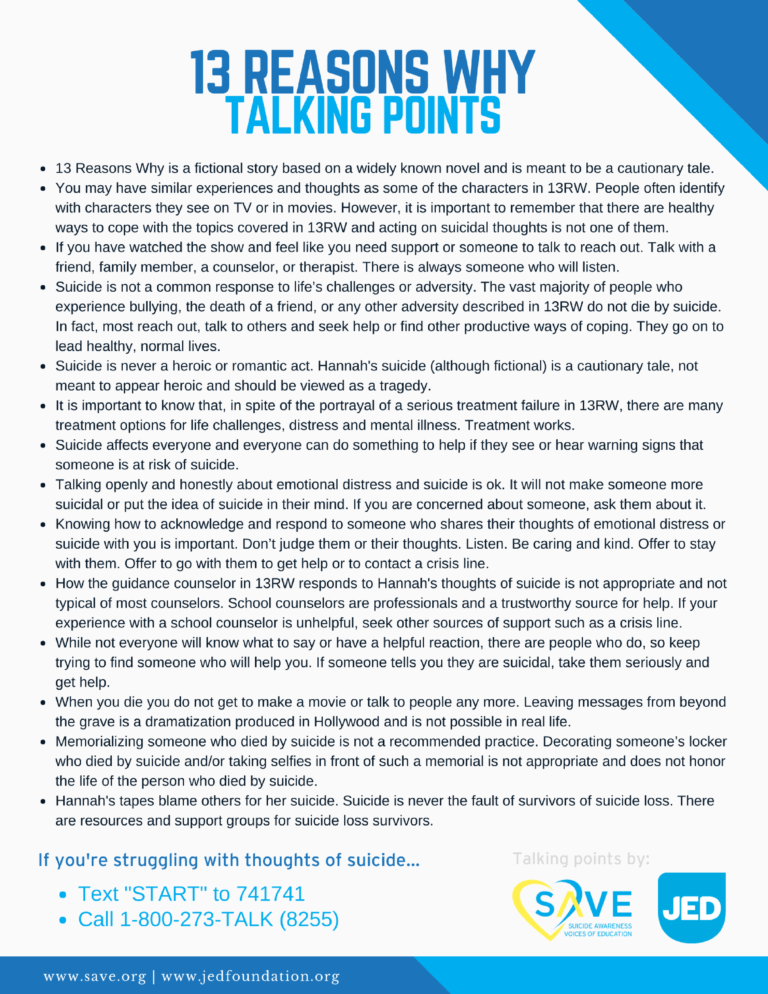
Although PsychAlive is not a psychotherapy or mental health assistance website, we suggest speaking with a trained professional. If you want immediate help and live in the USA call 1-800-273-TALK (8255) to speak with an on-call counselor 24/7. You can also send a text to the text line at 741-741 http://www.crisistextline.org/
If you live outside the US you can email [email protected] or visit www.samaritans.org to chat on-line.
We also want to share this resource that can help you find a therapist.
We understand that every struggle is different. However, we want to share two websites with stories of people who were able to overcome crisis to find hope and recovery.
https://suicidepreventionlifeline.org/stories/
You also may find these apps helpful:
Virtual Hopebox https://play.google.com/store/apps/details?id=com.t2.vhb&hl=en
My Safety Plan. http://my3app.org/
Tags: Suicide, suicide articles, suicide prevention

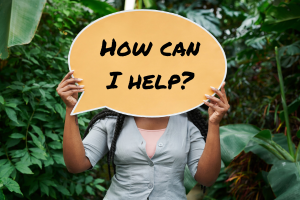
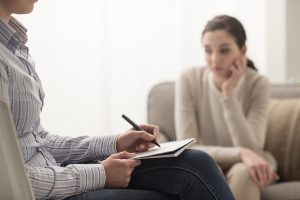
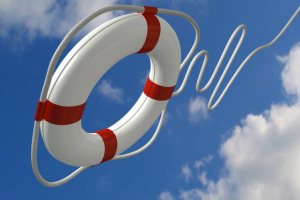



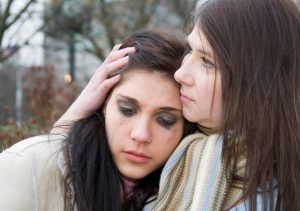
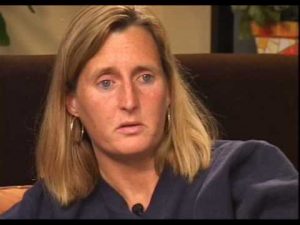
What a bunch of drivel. You are blaming the person committing suicide while allowing the people that caused it to go guilt-free. Maybe if people didn’t treat people like crap suicide wouldn’t happen but that would mean you all taking accountability. People arent suicidal for no fucking reason, it is ALWAYS caused by other people’s mistreatment.